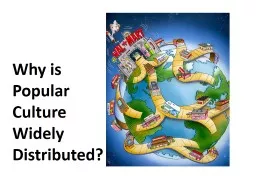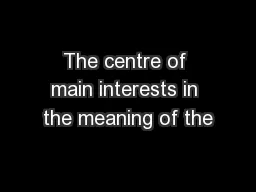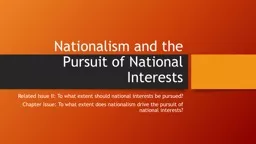PPT-Popular Interests
Author : celsa-spraggs | Published Date : 2016-12-03
Antonio Gramsci amp Hegemony Antonio Gramsci 18911937 Leader of the Italian Communist Party from 1922 Witnessed failure of Turin workers strike in 1920 Imprisoned
Presentation Embed Code
Download Presentation
Download Presentation The PPT/PDF document "Popular Interests" is the property of its rightful owner. Permission is granted to download and print the materials on this website for personal, non-commercial use only, and to display it on your personal computer provided you do not modify the materials and that you retain all copyright notices contained in the materials. By downloading content from our website, you accept the terms of this agreement.
Popular Interests: Transcript
Download Rules Of Document
"Popular Interests"The content belongs to its owner. You may download and print it for personal use, without modification, and keep all copyright notices. By downloading, you agree to these terms.
Related Documents














